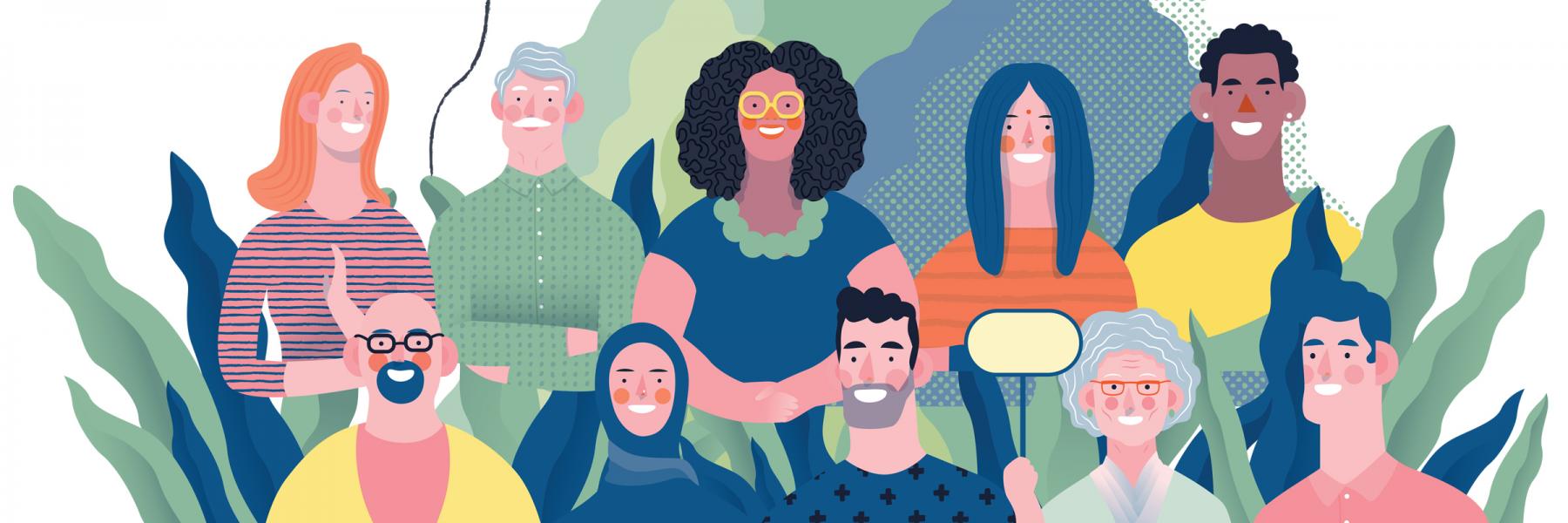
“Good luck,” said the worried-looking post-test counselor as he told me my HIV test had come back positive. He handed me three publications—all produced by a Chicago HIV/AIDS services organization called TPAN—including this magazine. That was 30 years ago this December.
My body was already being covered by an ever-growing number of Kaposi sarcoma (KS) lesions, but I had been in denial since that first spot Memorial Day weekend. At the time, KS was classified by the Centers for Disease Control and Prevention as an end stage AIDS-defining illness. If you've seen pictures from the early “plague” years of people with AIDS who are covered in spots, that was me. That’s why I’ve never seen Philadelphia, the 1993 film starring Tom Hanks as a gay man with AIDS who has KS; it hits way too close to home. Ultimately, I would have 150 lesions—50 on my head alone. I was 28 and scared; I didn't expect to see 30.
But the publications I was given were a clue, a hint. I realized that information—learning about HIV—was key to my survival. One of the TPAN publications contained a listing of local clinical studies, and I found a study that treated KS. Another publication was a listing of HIV-related services and programs available in the area. And the third publication was Positively Aware.
It would take more than a year before the lesions faded and started to disappear that I felt comfortable enough to go out during the day beyond my monthly doctor's appointment and other necessary excursions. Once I did, I wanted to get close to the source of this lifesaving information, so I went to TPAN with the idea of volunteering to work on their magazine. Turned out they were looking for someone to do page layout—although they called the job production coordinator. And that’s how I became art director—the first time.
That was the mid 1990s. While working on Positively Aware, the first highly effective HIV treatments, protease inhibitors, were developed. We produced the first annual HIV drug guide. I left in 1997 to work for an LGBTQ newsmagazine. I didn’t last long there, but I also didn't feel the sense of purpose I had at Positively Aware. So, in 2010 when I was essentially offered my old job back, I jumped at the chance to return, this time as creative director. I felt connected to myself again.
People have told me that POSITIVELY AWARE is a platform. I rather see it as a stage for people living with and affected by HIV, spotlighting them, their stories and what matters to them.
That’s what POSITIVELY AWARE does. It gives people living with HIV, and the people who care for them, a sense of connection. Readers have a relationship with our magazine. For more than 30 years, POSITIVELY AWARE has been a trusted resource; a connection to accurate, reliable information about HIV treatment while affirming the lives of people living with HIV by telling their stories.
In this new position as acting editor-in-chief, you’d think much of the job would have to do with... well, editing. But I’ve found that the key word is in. As in in meetings, in conversations, in conferences, in rapt attention listening to people living with HIV as they share their experiences, hopes and ideas.
As creative director, as editor and as an advocate for all people living with HIV, I believe in the power of creativity and collaboration.
People have told me that POSITIVELY AWARE is a platform. I rather see it as a stage for people living with and affected by HIV, spotlighting them, their stories and what matters to them. My place is backstage, behind the scenes.
It feels like I've come to, if not a destination, then a meaningful point in my journey with HIV. This magazine helped save my life, and I’m here now at a place to pay it back and return the favor.
You are not alone.


